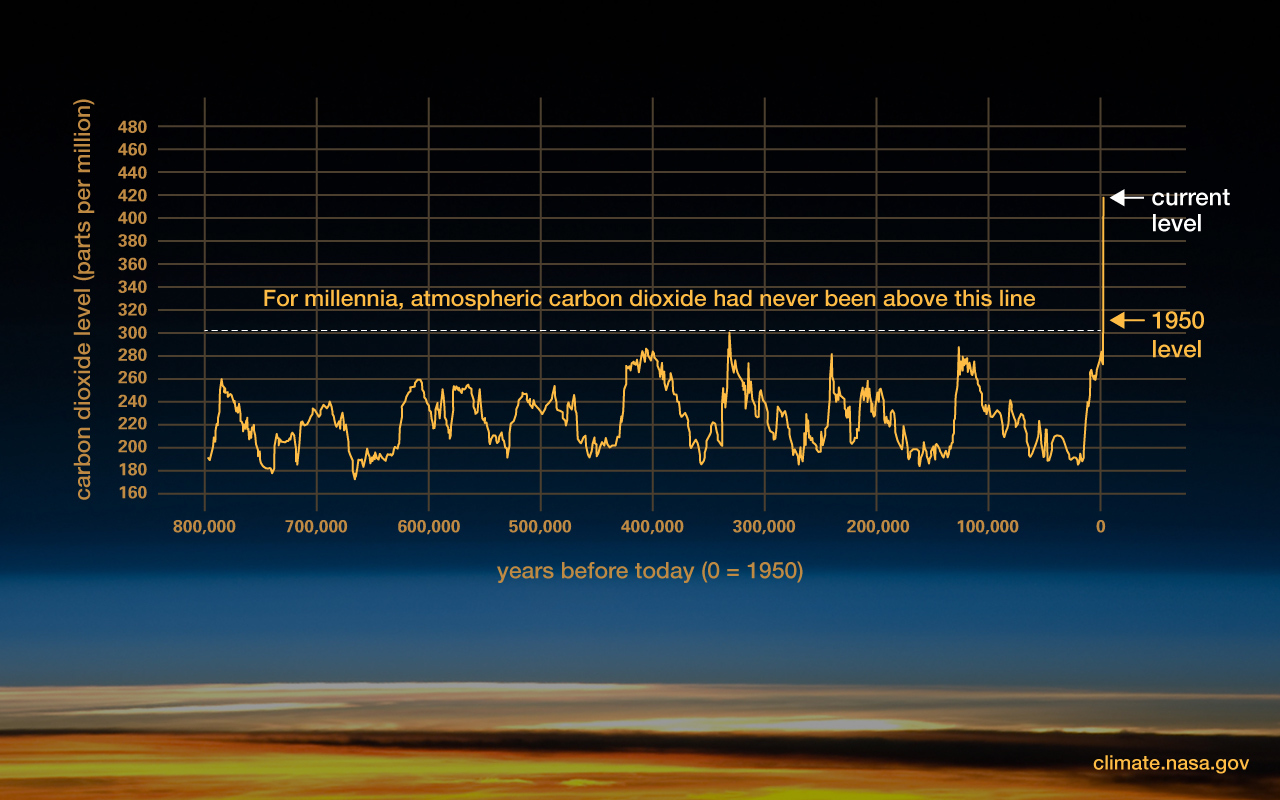Important paleoenvironmental perspectives on modern climate change
Many fundamental questions exist about how natural systems are responding and will respond to climate change. Our modern observational record (from about 1850 to present) is too short to resolve the full range of climate effects, so we turn to the paleoclimate record.
How can we better understand the science of global and regional climate change and predict and react to the challenges it presents?
One way is to explore climate change and the processes controlling those changes over different timescales (years and decades to centuries and millennia). This entails using proxy evidence preserved in natural archives to infer what past environments were like and what processes controlled them. These paleoenvironmental archives include proxies such as microfossils and pollen in ocean and lake sediments, tree rings, ice cores, speleothems, and many others. These provide important insights into past patterns of climate variability in, for example, ocean and air temperatures, precipitation, atmospheric circulation systems, and sea level.
Over the past million years, Earth’s climate has alternated between cold periods (glacials) and shorter, relatively warmer periods (interglacials) in a sawtooth-like pattern. Based in part on paleoclimate data, we know that Earth's orbital cycles affect the seasonal and geographic distribution of solar energy along with changing concentrations of heat-trapping greenhouse gases like methane (CH4) and carbon dioxide (CO2; Figure 1) that drive glacial/interglacial cycles. Levels of CO2 primarily influence the mean surface temperature of the planet. Figure 1 shows the concentration of atmospheric CO2 from air trapped in ice cores over the last 800,000 years (orange line) combined with continuous CO2 measurements since 1958 from Mauna Loa Observatory, Hawaii (red line). Other lines of evidence from proxies in tree rings, sediments, and coral reefs, document the impacts of the recent increase in CO2 and temperature. In this way, paleodata puts present-day CO2 concentrations into context with longer timescales. They also support the idea that human activity has impacted earth’s atmospheric composition and other parts of the climate and ecosystem.
There’s so much more to understand about climate change, which is why paleoenvironmental research is an essential component to help understand and plan for future climate change. These topics are discussed more in a recent article by USGS researcher Laura Gemery and Adrián López-Quirós highlighting how paleoenvironmental records from polar regions can help us understand present-day climate change.


